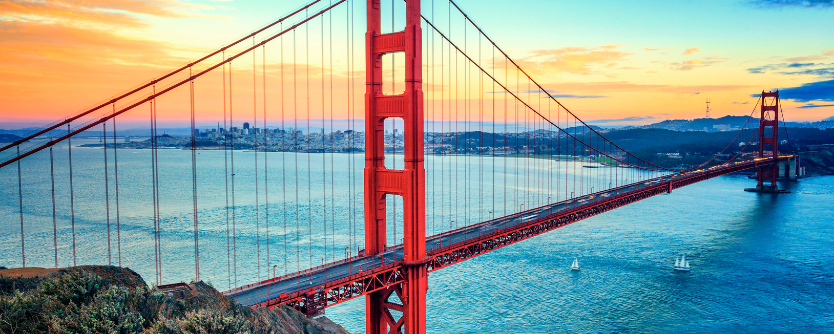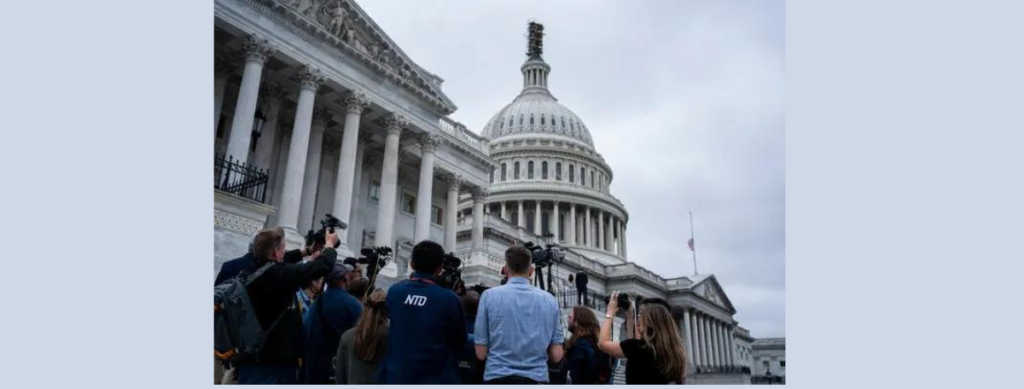Europe is a continent rich in history, culture, and engineering marvels. Among these, one structure stands out not only for its impressive height but also for its transformative impact on the region: the Millau Viaduct. Standing as the world’s tallest bridge, the Millau Viaduct is more than just an architectural wonder; it has reshaped transportation, boosted economies, and redefined how we view Europe’s geographical landscape. In this blog, we’ll explore the significance of this incredible bridge, how it altered the map of Europe and its far-reaching effects on the continent.
The Marvel of the Millau Viaduct
The Millau Viaduct, located in southern France, is the tallest bridge in the world. Its highest point is 343 meters (1,125 feet) above the Tarn River. Completed in 2004, this cable-stayed bridge spans 2.46 kilometers (1.53 miles) and is a vital part of the A75 motorway, which connects Paris to the Mediterranean coast.
Engineering Feat and Design
Designed by the renowned French engineer Michel Virlogeux and British architect Norman Foster, the Millau Viaduct is a masterpiece of modern engineering. The bridge was constructed using innovative techniques, including a combination of steel and concrete, making it both lightweight and incredibly strong. Its sleek, minimalist design allows it to blend seamlessly into the surrounding landscape, offering breathtaking views for those crossing it.
Economic Impact on Southern France
Before constructing the Millau Viaduct, travelers between Paris and the Mediterranean had to endure lengthy detours through the winding roads of the Tarn Valley, particularly around the town of Millau. This route was notorious for traffic congestion, especially during summer when tourists flocked to the region. The bridge significantly reduced travel time, cutting the journey by several hours and providing a direct route that bypassed the town.
The economic benefits to southern France have been substantial. The bridge has boosted tourism in the region, as visitors are drawn to the stunning architecture and the picturesque surroundings. Local businesses, particularly in Millau, have flourished, with increased footfall from tourists and easier access to goods transportation. The bridge has also enhanced the appeal of the A75 motorway as a major north-south artery, contributing to regional development and economic growth.
A New Route for Europe
The Millau Viaduct has not only transformed local transportation but also had a broader impact on the European map. The bridge has facilitated trade and travel across the continent by providing a more efficient route between northern and southern Europe. The A75 motorway, now a key corridor, connects major European cities, including Paris, Barcelona, and Madrid, streamlining the movement of goods and people.
The bridge’s strategic importance extends beyond France. It has become a vital link in the Trans-European Transport Network (TEN-T), a European Union initiative to improve European connectivity. The Millau Viaduct has thus played a crucial role in integrating the European road network, making cross-border travel and commerce more accessible and efficient.
Environmental and Social Considerations
While the Millau Viaduct has brought numerous benefits, its construction and operation have also raised environmental and social questions. The bridge was designed sustainably, using environmentally friendly materials and construction methods. Additionally, efforts were made to minimize the impact on the local environment, preserving the natural beauty of the Tarn Valley.
Socially, the bridge has had a mixed impact on the town of Millau. While it has brought economic prosperity, some locals initially feared that bypassing the town would reduce its visibility to travelers, potentially harming local businesses. However, the influx of tourists eager to view the bridge has compensated for any potential traffic loss.
Real-World Examples of Impact
- Tourism Boost in Millau: Since the opening of the Millau Viaduct, the town of Millau has seen a significant increase in tourism. Hotels, restaurants, and local attractions have benefited from the steady stream of visitors drawn to the bridge. The Viaduct has become a destination in its own right, with tourists eager to walk across it, take guided tours, or admire it from various vantage points in the valley.
- Improved Trade Routes: The bridge has facilitated trade between France and its neighboring countries, particularly Spain. Thanks to the more direct route provided by the bridge, companies involved in the transport of agricultural products have seen reduced costs and delivery times.
The Millau Viaduct as a Symbol of European Unity
Beyond its practical benefits, the Millau Viaduct has come to symbolize European unity and cooperation. The bridge’s construction involved the collaboration of multiple European nations, reflecting the spirit of partnership that underpins the European Union. It is a testament to what can be achieved when countries work together towards a common goal.
Future Implications
As Europe continues to evolve, the Millau Viaduct will remain a key piece of infrastructure. Its success has set a precedent for future projects, demonstrating the value of investing in large-scale infrastructure that can transform regions and enhance connectivity. As new transportation technologies emerge, such as electric vehicles and autonomous driving, the bridge will likely support these innovations, ensuring that Europe remains at the forefront of global transportation.
Conclusion
The Millau Viaduct is more than just the tallest bridge in the world; it is a transformative force that has reshaped the map of Europe. By improving connectivity, boosting local economies, and symbolizing European unity, the bridge has profoundly impacted the continent. As we look to the future, the Millau Viaduct will continue to inspire engineers, policymakers, and travelers alike, reminding us of the power of innovation and collaboration in shaping our world.













